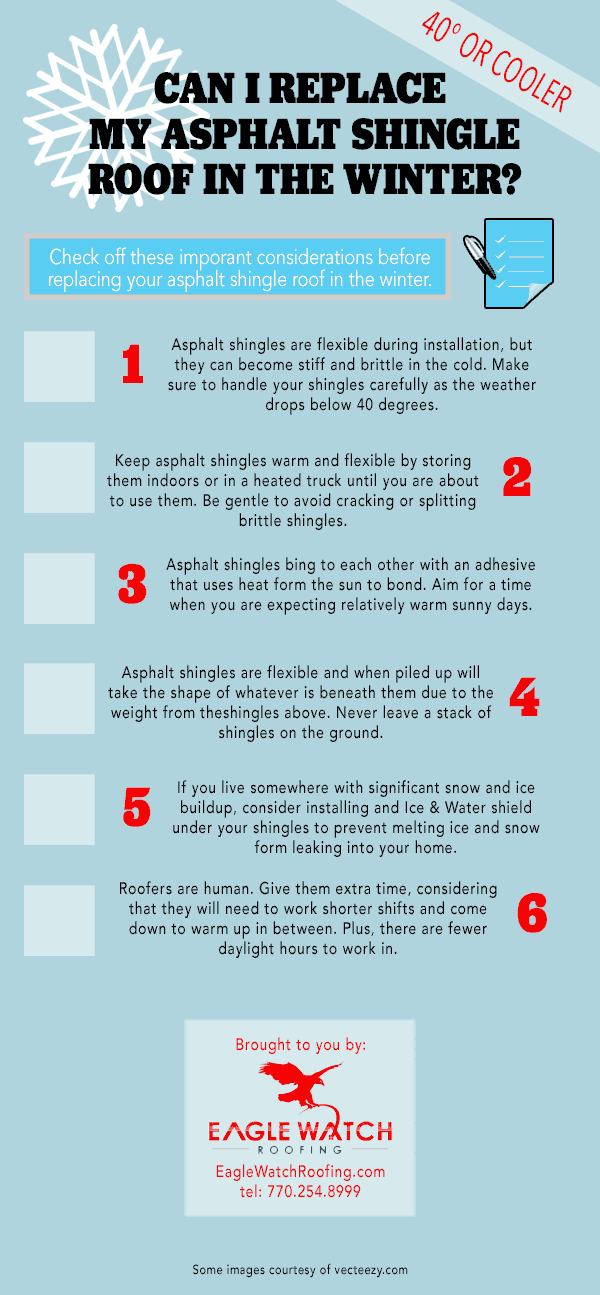Just How To Identify Roof Covering Damage Prior To It Develops Into A Significant Concern
Just How To Identify Roof Covering Damage Prior To It Develops Into A Significant Concern
Blog Article
Write-Up By-Schneider Burke
To secure your home from potential expensive repair services, recognizing roofing system damage early is essential. By watching out for subtle signs like missing roof shingles or water discolorations, you can catch concerns before they worsen. Yet what about those often ignored areas that could hint at concealed troubles prowling above you? Remain tuned to discover https://codyewnev.fare-blog.com/32548219/maintain-pricey-repair-services-away-with-routine-roofing-maintenance-discover-essential-practices-that-can-fortify-your-home-in-ways-you-may-not-have-actually-considered for identifying roof damage prior to it escalates into a major frustration.
Very Early Warning Signs
Finding roofing system damage early can conserve you money and time. One essential early warning sign to look out for is missing or harmed tiles. If you see any tiles that are fractured, curling, or entirely missing out on, it's necessary to address the issue promptly. These harmed shingles can leave your roof prone to leaks and more damage.
One more sign to try to find is water discolorations on your ceiling or wall surfaces. please click the next website page can indicate a leak in your roof that needs immediate attention. Neglecting these water discolorations can lead to a lot more extensive and expensive fixings down the line.
In addition, watch for any type of indications of drooping or drooping areas on your roofing system, as this might suggest architectural damage that requires to be repaired promptly.
Exterior Inspection Tips
Regularly checking the outside of your roof covering is vital for maintaining its honesty and determining possible damages early. Begin by taking a look at the tiles-- try to find any missing out on, broken, or crinkling roof shingles, as these can be signs of roof damages.
Check the gutters for granules from the tiles, as extreme granule loss may represent aging or weathering. Take san antonio metal siding of the flashing around vents, chimneys, and skylights, guaranteeing they're securely sealed and devoid of cracks.
Search for signs of moss, algae, or mold and mildew development, as these can bring about roofing system damage if not attended to promptly. Furthermore, inspect the fascia and soffits for any water spots or rot, which might signify water damage.
Finally, analyze the total condition of your roof from the ground, trying to find any kind of drooping areas or obvious dips. By performing these outside assessments consistently, you can capture roofing system damages early and avoid it from becoming a significant issue.
Interior Red Flags
When inspecting your roofing system for prospective damages, don't forget the value of examining the inside of your home. Inside warnings can often be early signs of roof covering problems that need attention.
Start by analyzing your ceilings for any water spots or staining, as these might signal a leak in the roof covering. An additional essential location to check is the attic room, where signs of water damage, mold, or mildew may suggest a roof covering issue.
Pay very close attention to any moldy smells or an obvious increase in humidity degrees, as these can also be indicators of water invasion from a harmed roofing system. Additionally, sagging locations in the ceiling or wall surfaces need to be taken seriously, as they could be an outcome of water damage weakening the structure.
If you discover any one of these interior red flags, it's critical to have a specialist roofing contractor examine the scenario quickly to avoid more damage and pricey fixings.
Final thought
By staying vigilant and regularly checking for very early warning signs of roof covering damages, you can avoid small issues from becoming major problems. Keep an eye out for missing or harmed shingles, water discolorations on ceilings or walls, and any type of sagging or sagging areas on the roofing system. By addressing these issues quickly, you can conserve on your own from pricey repairs and ensure your roof covering continues to be in good condition for several years to come. Stay proactive and protect your home from potential damages.
